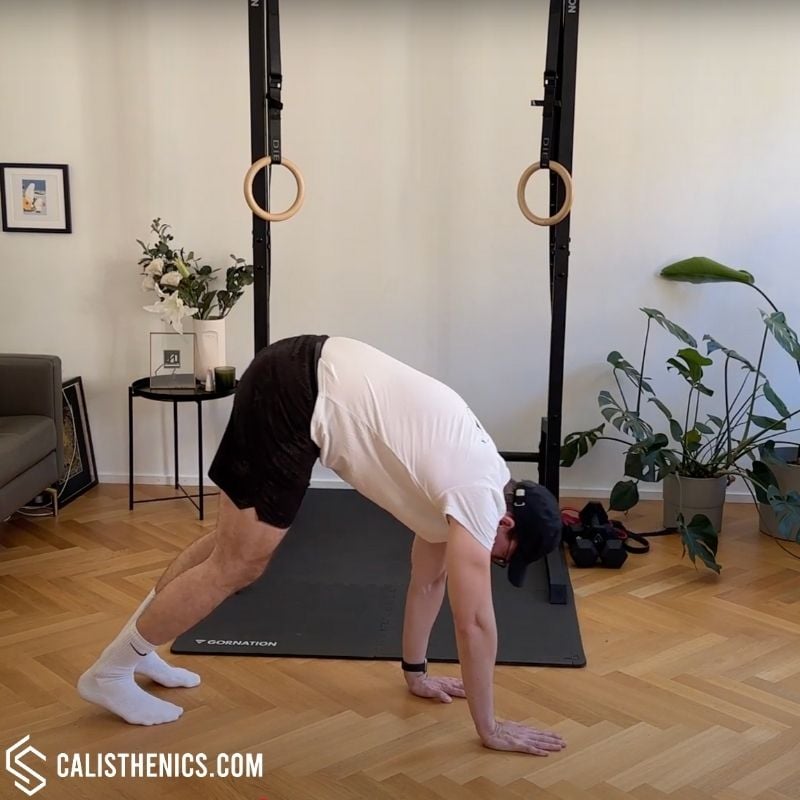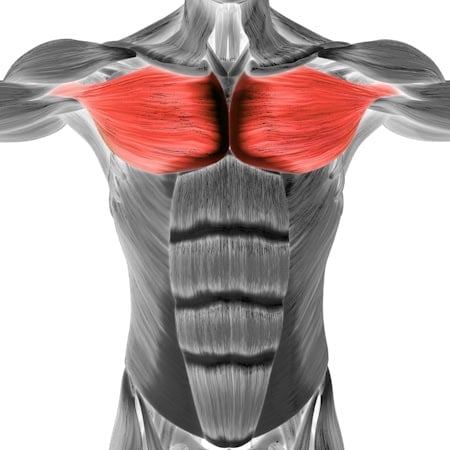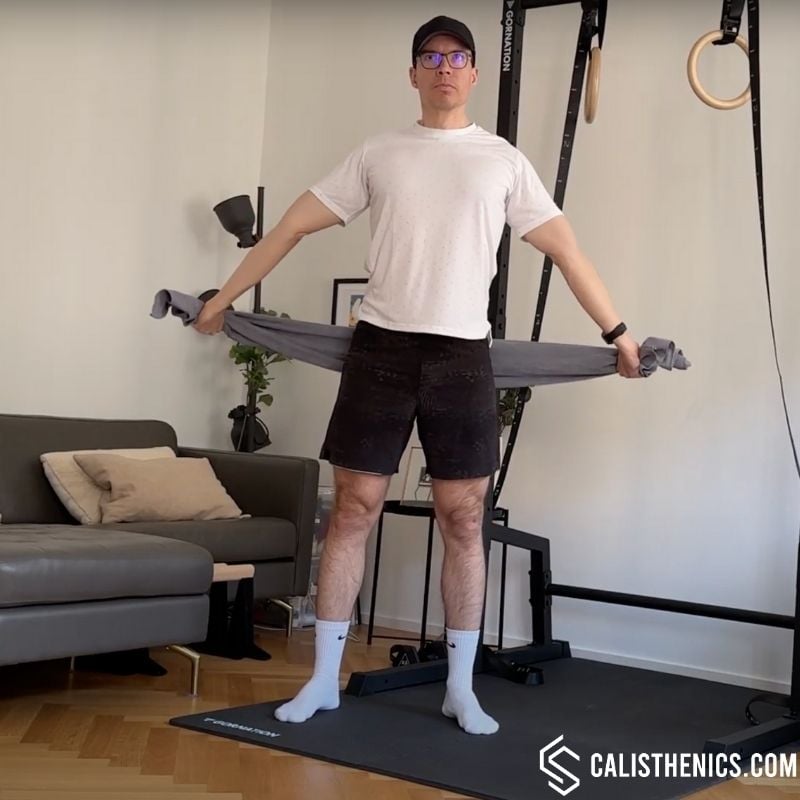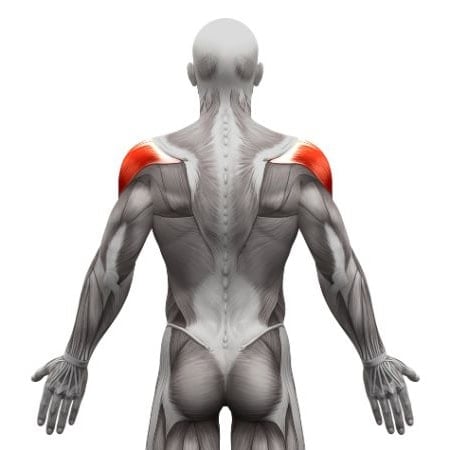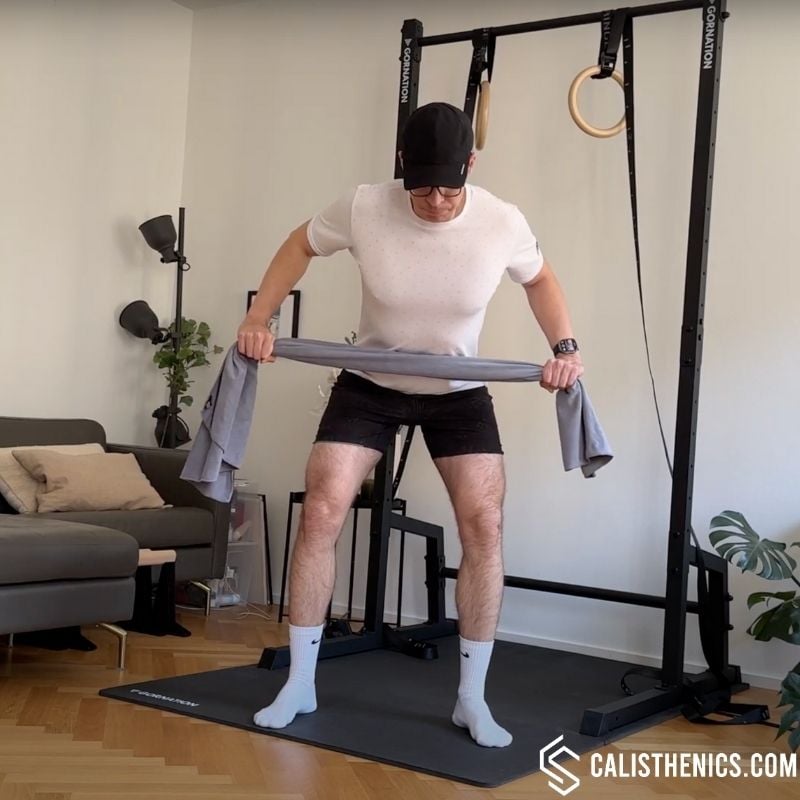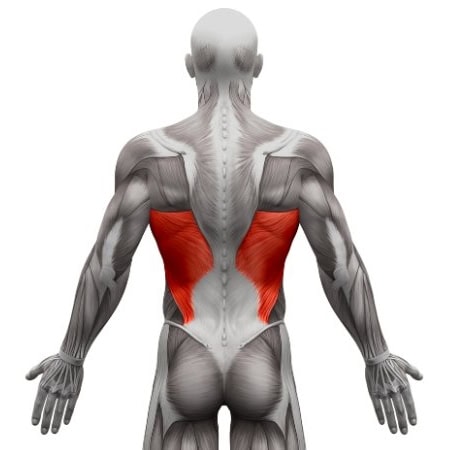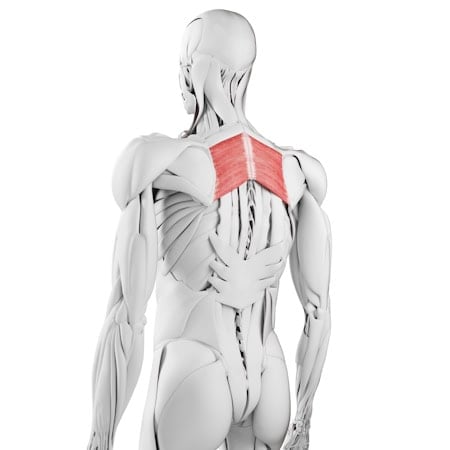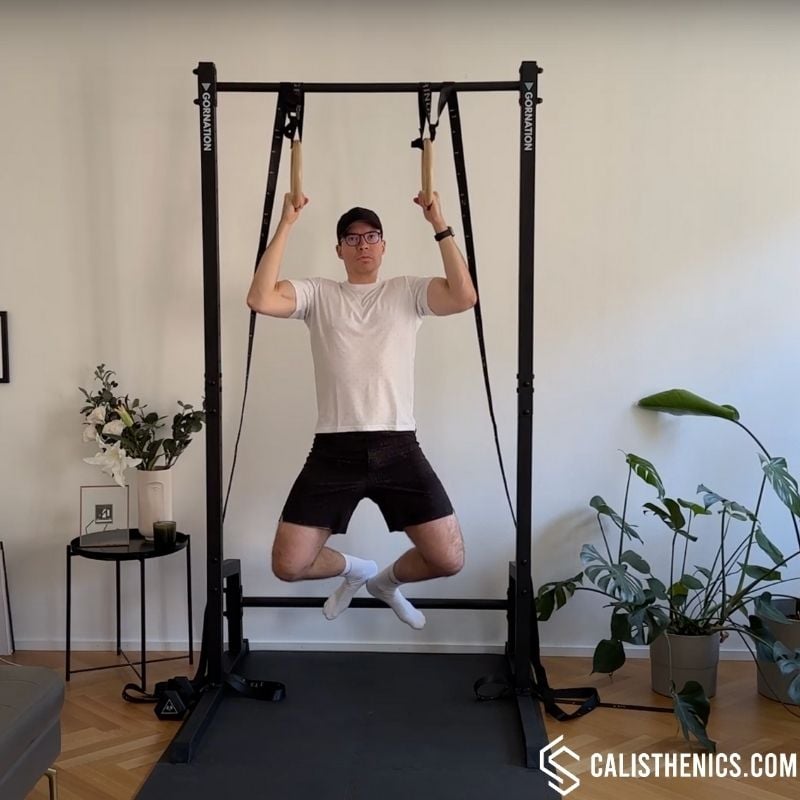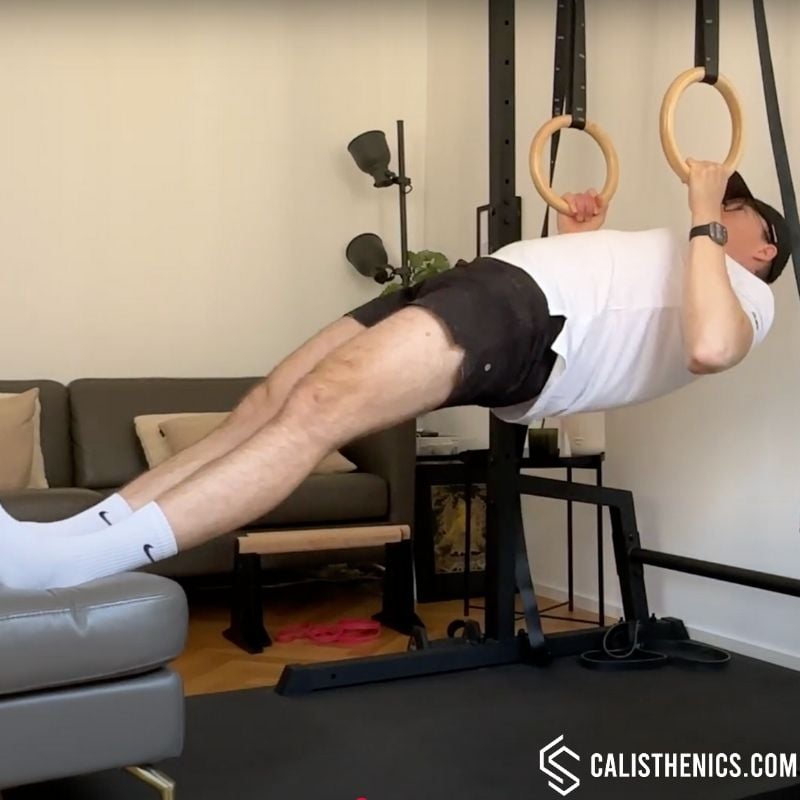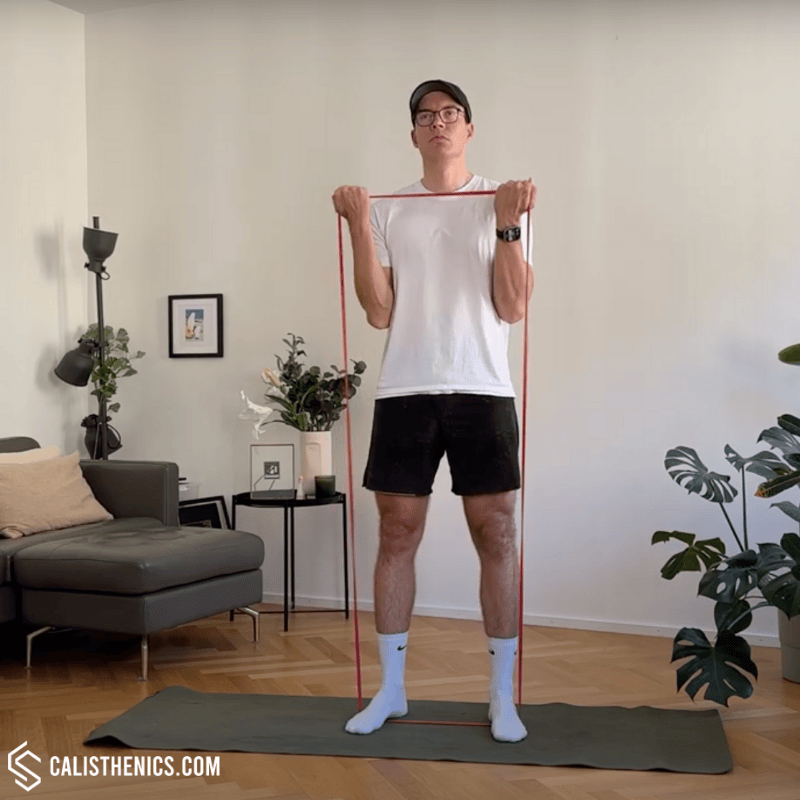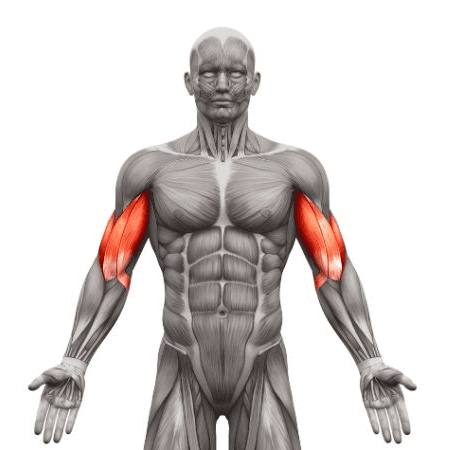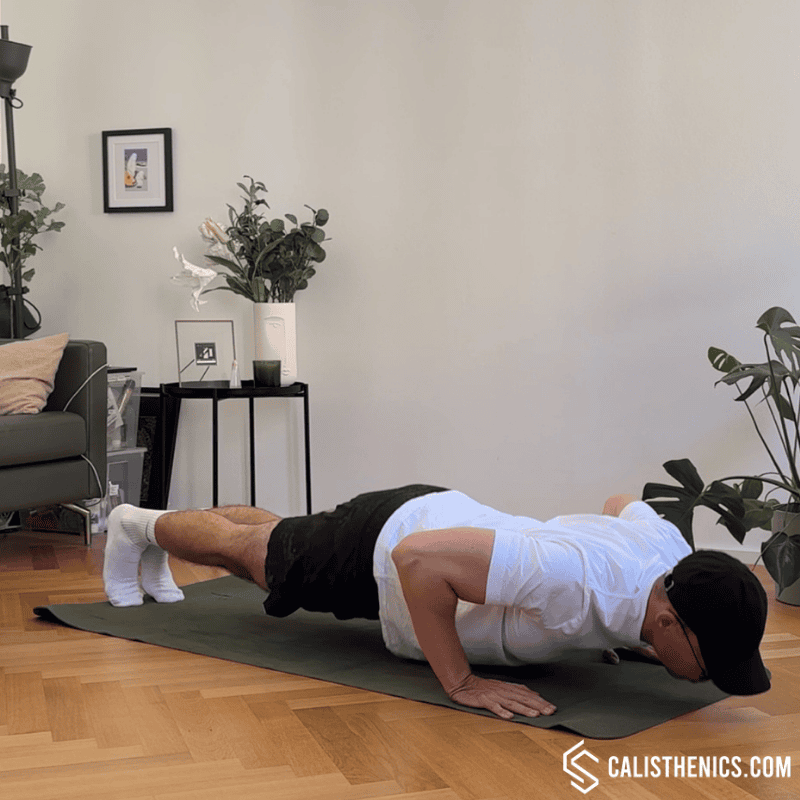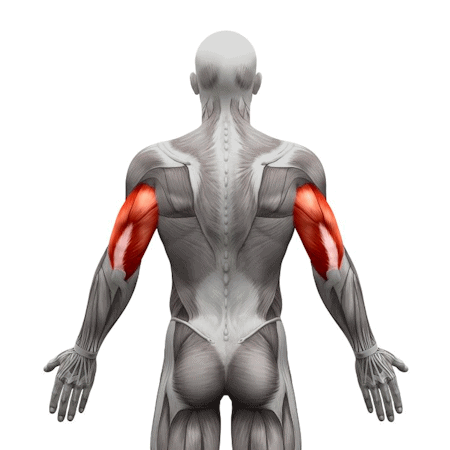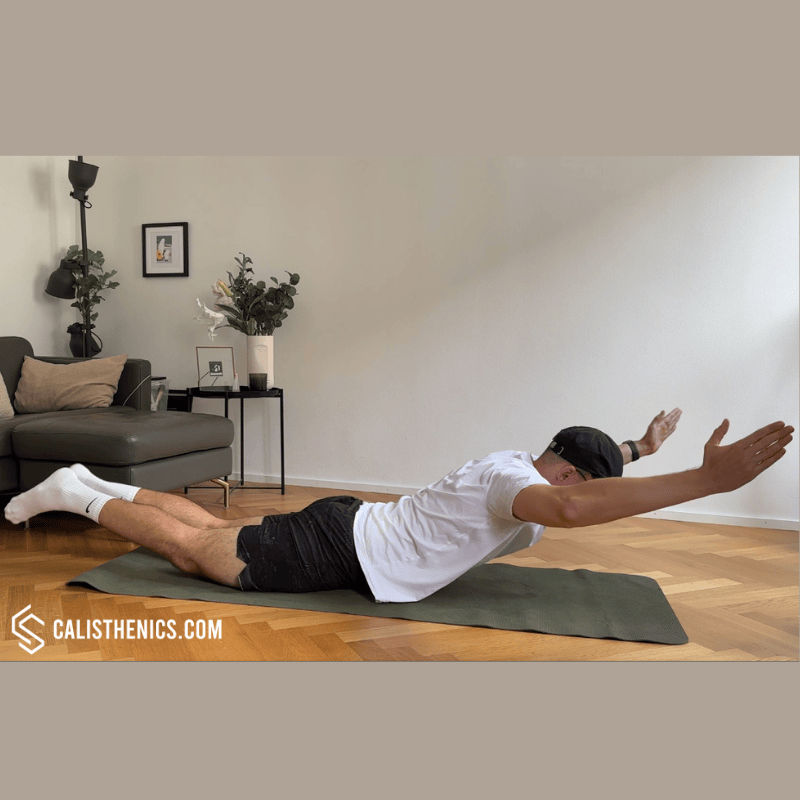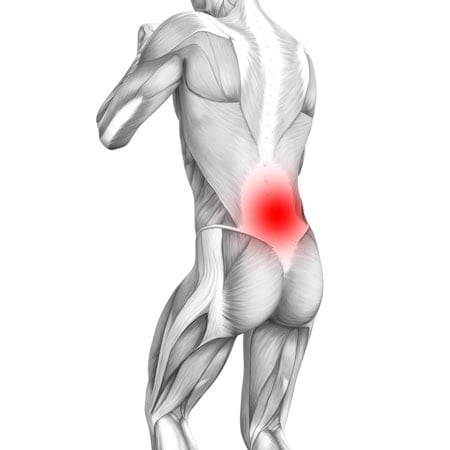Pull 7: Pull-Up Progression Workout With Isometric Holds and Bicep Burner
🎯 Workout Description:
This workout introduces your first pull-up position isometric holds—an advanced drill where you’ll hold yourself at the top, middle, and bottom of a pull-up. These positions build strength where it matters most: in the range you can’t yet control. We pair this with elevated rows for horizontal strength and focused accessory work for grip and shoulder stability.
👤 Who It’s For:
Athletes who are comfortable hanging, doing negative pull-ups, and want to build control at key sticking points in the pull-up.
🧰 Equipment Needed:
- Pull-up bar ▶️ check out the best Pull-Up Bars for calisthenics
- Both ▶️ Gymnastics rings and ▶️ these Dip Bars are great for bodyweight rows
Warm-Up
Goal: Prime shoulders and scapulae for static tension and postural control.
Format: Circuit – 2 rounds, no rest between exercises or rounds
-
30 sec Inchworm with Push-Up
-
10x Towel Pass-Throughs
-
12x Towel Bent Over Rows
This warm-up emphasizes shoulder mobility and scapular activation—both key for safe and effective holds.

No muscle groups found for this post.
Tips
-
Move slowly and deliberately to avoid sudden movements.
-
Keep circles smooth and controlled—avoid jerky motions.
-
Breathe steadily and deeply to maximize relaxation and blood flow.
-
Gradually increase the range of motion as your joints warm up.
-
Perform each movement for 15-20 seconds, or until joints feel loosened.
-
Customize your routine slightly based on the specific demands of your workout.
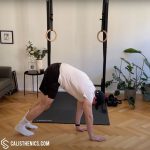
Muscle group:
Tips
-
Keep your core actively engaged throughout to maintain stability and prevent excessive lower-back stress.
-
Walk your hands out progressively further as your strength and flexibility improve.
-
Focus on smooth transitions between each phase of the exercise to improve coordination and body control.
-
Use controlled breathing, matching each movement phase to inhalation and exhalation cycles.
-
Perform regularly as part of your warm-up routine to optimize flexibility, mobility, and upper-body strength.
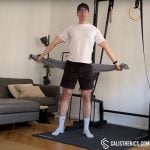
Tips
-
Start with a wider grip if you feel tightness in your shoulders.
-
If the movement feels too challenging, switch to a resistance band, which allows more flexibility.
-
Perform in front of a mirror to check for excessive arching or compensations.
-
Include it in your warm-up routine before upper body workouts, especially if working on overhead movements.
-
If you experience pain, stop and reassess your grip width and movement control.
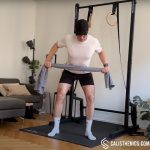
If you have no towel, use a resistance band or a stick.
Tips
-
Keep Your Back Flat – Avoid rounding your spine by keeping your chest up and core engaged.
-
Control the Resistance – In self-resisted rows, make sure your non-working arm provides enough tension.
-
Squeeze the Shoulder Blades – This maximizes back muscle activation.
-
Use a Sturdy Anchor – If using an anchored towel, ensure it won’t slip or loosen.
-
Focus on squeezing your shoulder blades: This will help activate the target muscles and ensure proper form.
-
Maintain a Slight Knee Bend – This helps stabilize your position and prevent lower back strain.
Strength
Goal: Build strength in difficult pull-up positions and reinforce horizontal pulling under load.
Structure:
-
Superset A (3 rounds): A1 + A2, rest 90 sec
-
Set B (2 sets): Performed alone, rest 45 sec
🟦 Superset A:
-
A1: Three-Position Isometric Pull-Up Hold – 3–5 sec each at top, mid, and bottom (use band or box to get into position)
-
A2: Bodyweight Rows with Elevated Feet – 6–8 reps
→ Rest 90 sec between rounds
🟩 Set B:
-
Resistance Band Bicep Curls – 15 reps
→ Rest 45 sec between sets
Keep everything slow and intentional. For the isometric holds, aim to “own” each position—especially the mid-range, which mimics the sticking point of most beginners.
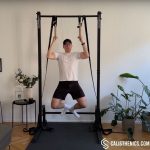
Muscle group:
If too hard use resistance band for assistance.
Tips
-
Use an Elevated Platform for Rings – Stepping into the top position prevents unnecessary swinging.
-
Maintain Full-Body Tension – Engage your core, glutes, and legs to minimize movement.
-
Control the Descent Between Holds – Avoid dropping quickly from one hold to the next.
-
Breathe Properly – Exhale when holding each position, and inhale when transitioning.
-
Increase Hold Time Gradually – Start with 5 seconds per hold, working up to 10-15 seconds.
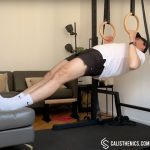
Use a low bar (e.g. dip bar) or gymnastics rings set up below chest height. Elevate your feet with a chair or plyo box.
Tips
-
Engage the Core Throughout the Movement: Keep a hollow body position to maintain stability.
-
Adjust the Ring Height to Modify Difficulty: Lower rings = harder (more horizontal position), higher rings = easier.
-
Use a Controlled Tempo: 3-4 second eccentric (lowering) phases will increase time under tension for strength gains.
-
Focus on Scapular Retraction: Squeeze your shoulder blades together at the top of each rep.
-
Keep Wrists Neutral: Avoid excessive wrist bending by maintaining a strong, aligned grip.
-
Breathe Properly: Inhale during the eccentric phase (lowering) and exhale as you pull up.
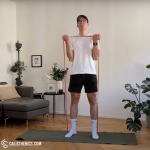
Muscle group:
Tips
-
Keep Elbows Fixed: Keep your elbows close to your body, preventing them from moving forward or backward, which helps isolate the biceps.
-
Avoid Swinging: Perform the movement slowly and with control to avoid using momentum, which reduces effectiveness.
-
Maintain a Neutral Wrist: Keep your wrists straight, aligned with your forearms, to avoid unnecessary strain and maximize bicep activation.
-
Engage the Core: Keep your core tight to stabilize your torso and prevent any rocking motion during the curl.
-
Breathe Steadily: Exhale as you curl up, and inhale as you lower the band down, maintaining rhythm and focus.
HIIT Finisher
Goal: Combine push and core drill to challenge full-body endurance under tension.
Format: 5 Rounds – 1 minute per round
-
40 sec Push-Ups
-
20 sec Superman Pulses
→ 5 rounds = 10 minutes total
This blend pushes muscular endurance and core control—both vital for strong, clean reps.
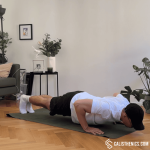
Muscle groups:
Tips
-
Body Alignment: Keep your body in a straight line from head to heels. Engage your core and glutes to prevent your hips from dropping or rising.
-
Hand Placement: Your hands should be positioned just outside of shoulder-width for optimal stability. Moving them closer or wider will target different muscles.
-
Elbow Positioning: Keep your elbows at about a 45-degree angle from your body, not flaring out too far to avoid shoulder strain.
-
Breathing: Inhale as you lower yourself, and exhale as you push back up. Controlled breathing improves strength and endurance.
-
Controlled Movements: Lower yourself slowly to build strength, then push back up with a smooth, steady motion.
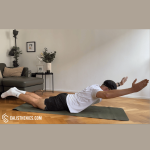
Muscle group:
Tips
-
Core Engagement: Keep your core muscles tight throughout the exercise to protect your lower back and maintain proper form.
-
Small, Controlled Movements: The pulses should be small and controlled. Focus on raising and lowering your limbs just a few inches with each pulse to engage the muscles without losing control.
-
Neck Position: Keep your neck in a neutral position, looking down at the floor. Avoid lifting your head too high, which can strain your neck.
-
Squeeze Your Glutes: Actively engage your glutes during the pulses to maximize the benefits for your lower back and posterior chain.
-
Breathing: Breathe steadily throughout the movement. Exhale as you pulse upwards and inhale as you lower slightly.


